AO Edited
Ankeruhr
A mechanical clock built in 1914, with a rotation of 12 historical figures on its face.
The Ankeruhr is a bridge-like connection between the two buildings that make up the Akerhof, spanning the alley below. Located on the bridge is the Ankeruhr, which survived the bombs of World War II.
The Art Nouveau work was created between 1911 and 1914 by Franz von Matsch. The mechanism inside was made by Franz Morawetz, the court clockmaker of the time. The clock is designed as a linear clock, where figures move along a scale covering an hour period of time, to be replaced by the next figure for the next hour. The figures are moved by a chain drive. The hour is marked in Roman numerals above each figure’s head, while the minutes are read along the scale.
There is a chart to the side that identifies each character which includes Marcus Aurelius, Charlemagne, and various Austrian figures of historical importance including Empress Maria Theresa.
The clock marks each hour with organ music, each hour has a different piece associated with the figure; For example, Joseph Haydn is represented by his own “The Creation.” Then at 12 p.m., all of the figures are presented in a parade with music.
Know Before You Go
Take U3 or U1 to Stephansplatz, Ankeruhr is a short walk away towards the Wien Museum Romermuseum.

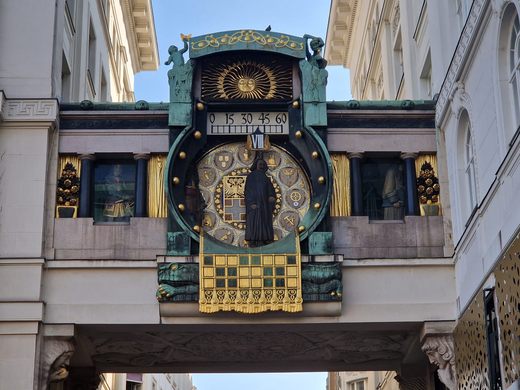

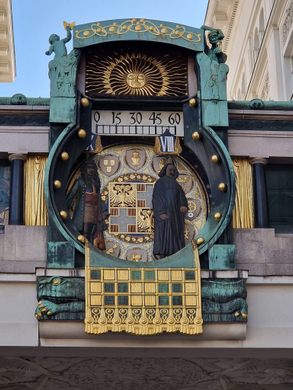
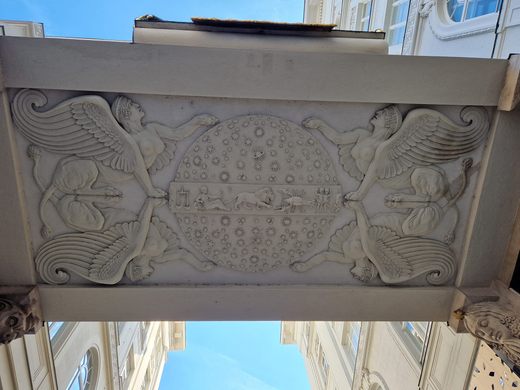

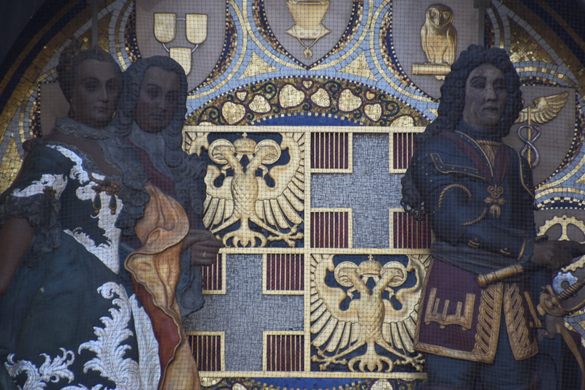
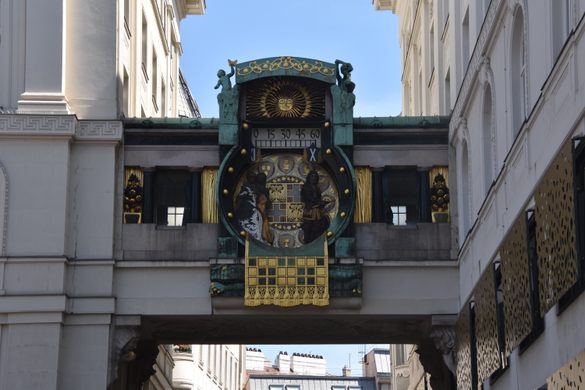

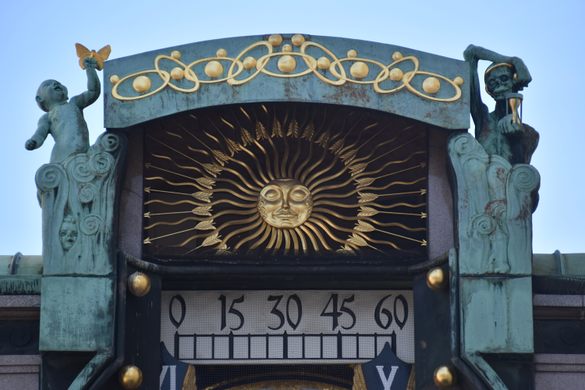
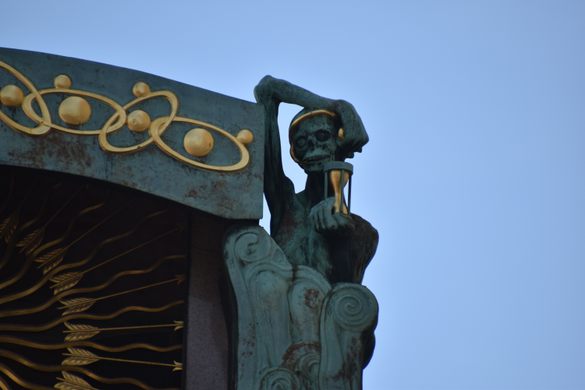









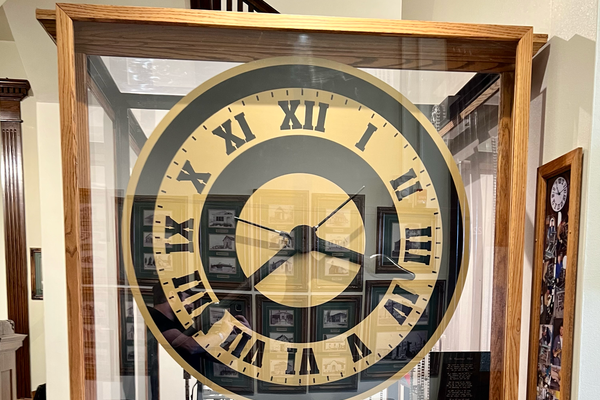
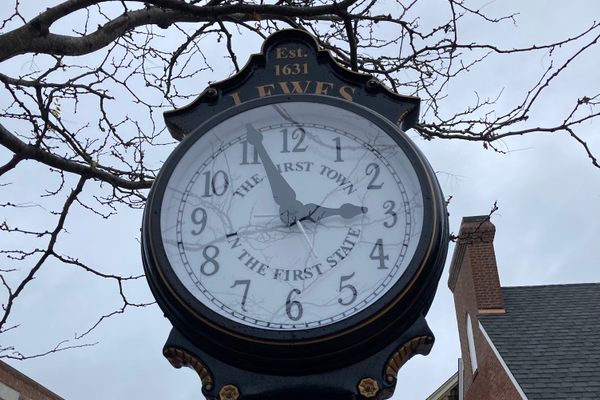

Follow us on Twitter to get the latest on the world's hidden wonders.
Like us on Facebook to get the latest on the world's hidden wonders.
Follow us on Twitter Like us on Facebook